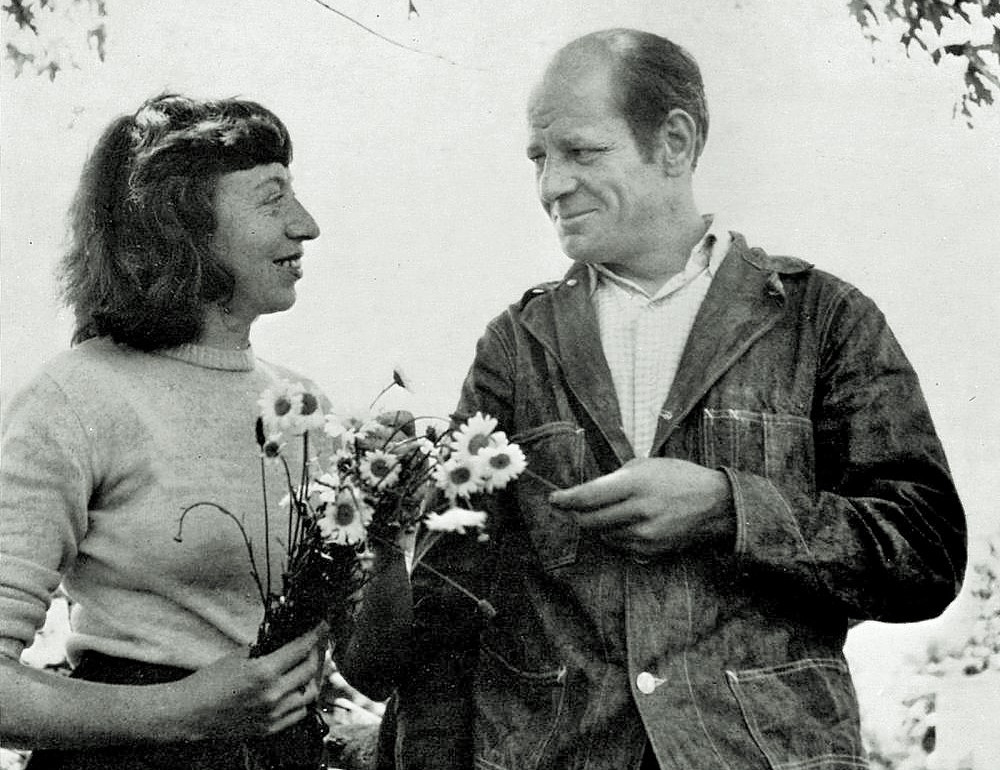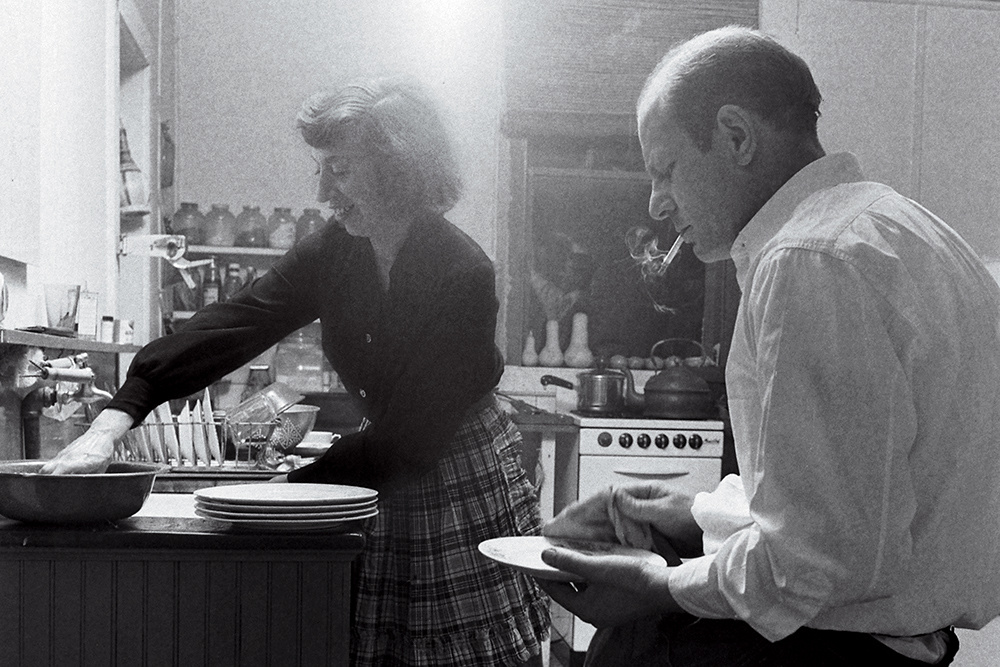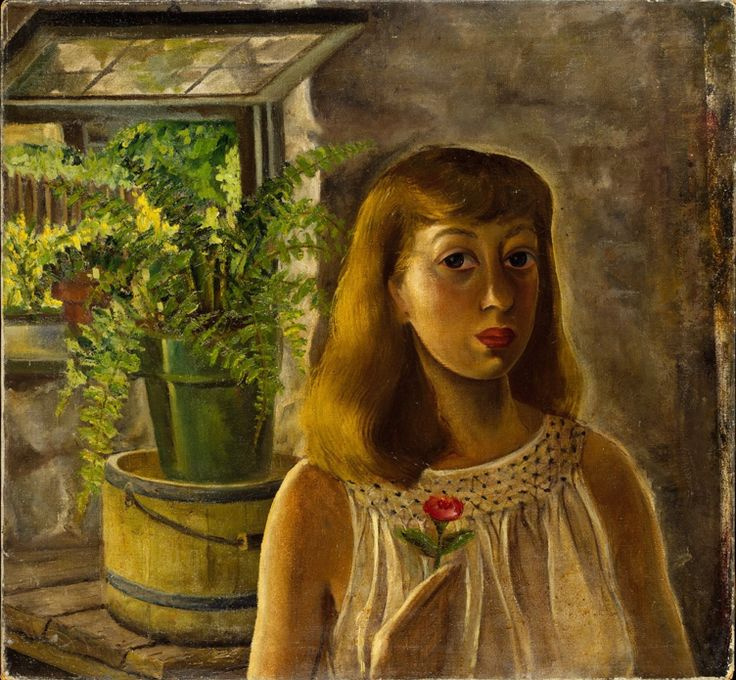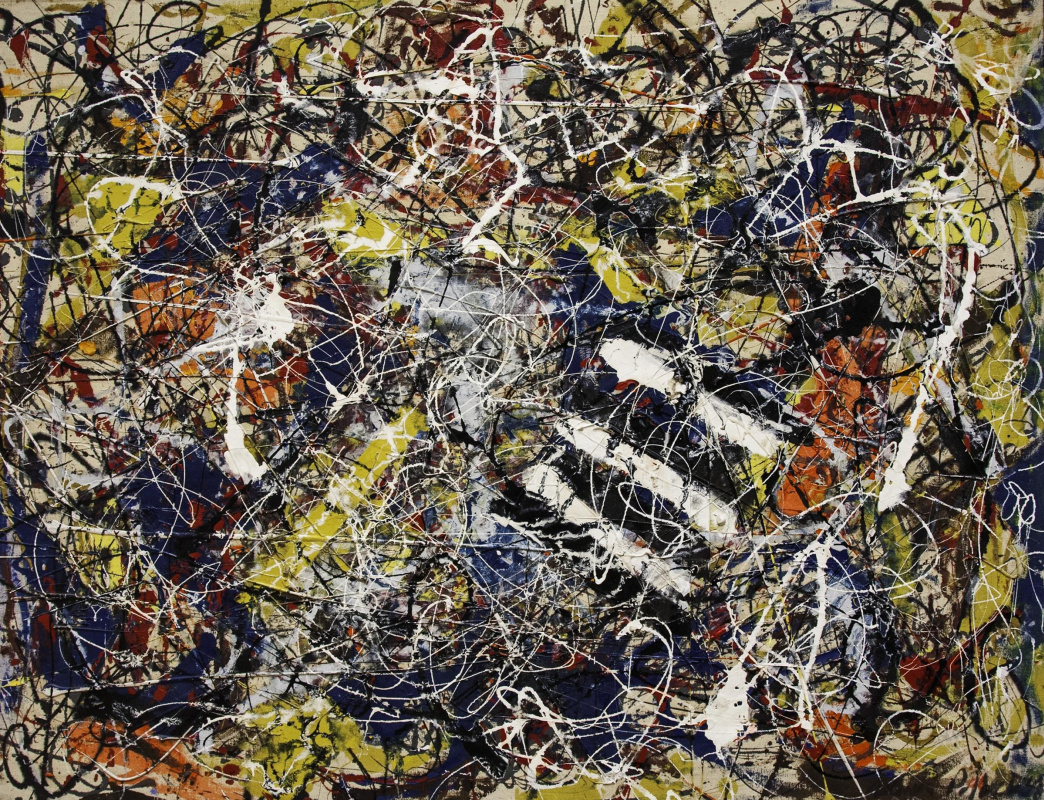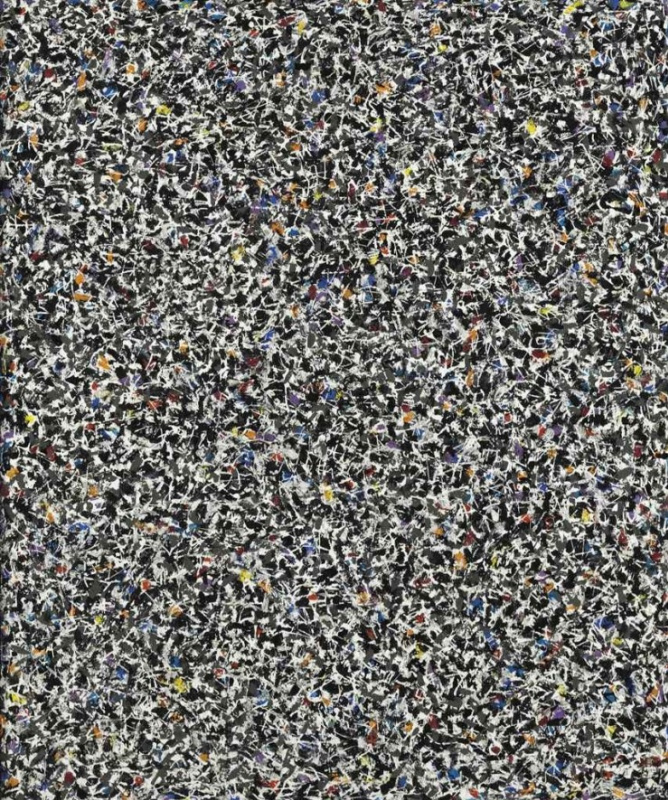Love story in paintings: Jackson Pollock and Lee Krasner
Jackson Pollock is considered one of the most famous representatives of the Abstract movement and leading artists of the United States of the last century. The work of his wife, artist Lee Krasner, is less known to the general public, although ironically it was thanks to her support and perseverance that Pollock managed to gain recognition from critics and collectors. But she herself, who gave all her time and effort to serve her husband, was able to fully return to creating her own paintings only after his tragic death.
Love is Blind
We need to understand what Pollock was like at the time when he met his future wife. From early childhood he had an ill, withdrawn temper and often experienced bouts of anger for minor reasons. Perhaps, the development of the artist’s personality was affected by his neurotic mother. But shan’t we forget the well-known liability of creative individuals to mental problems in general.
On top of all this, Pollock very early began to look for oblivion in alcohol, and at the age of 24 he managed to go on a drinking spree, scraping by occasional earnings and being supported by the program of helping indigent artists. And in 1938 he even got into the rehabilitation clinic, where he was treated for alcoholism for four months.This is how one of Pollock’s early rare figurative works looks.
No wonder that the first meeting of the two artists didn’t lead to anything good. At one of the parties in 1936, Pollock, being drunk, tried to pick up Lee with a proposal to which a self-respecting girl could only respond with a slap. Only five years later she herself would go to his studio to see the work of "the only unfamiliar Abstractionist in New York", with whom the artist would soon participate in a joint exhibition.
Krasner either forgot Pollock’s obscene behavior years ago, or fell under his charm, but she became interested in him almost more than in his paintings. She was an extremely resolute girl and quickly took the artist in hand. Very soon they moved in together, and in 1945 Pollock and Krasner officially got married.
Per Aspera Ad Astra
Since the moment they met, Lee had become Jackson’s main driving force, the locomotive, which drove him into motion even in the darkest periods of creative and life stagnation. She unconditionally believed in Pollock’s art and talent, which she never forgot to remind him of when the artist began to doubt himself after another failed attempt to sell at least some of his paintings.
If before the meeting with Pollock Krasner was already well-known in bohemian circles as an artist, after that she practically stopped painting, directing all her energy at her husband’s inspiration and curbing his passions. She encouraged Jackson to buy an old farmhouse on the very edge of Long Island, where they rarely had guests with temptations in the form of alcoholic presents. Thanks to the efforts of Krasner, Pollock managed to refrain from drinking for quite impressive periods, which left him space for creativity.
Painting: Lee Krasner
Image Surfacing, 1945
In spite of her husband’s desire, Lee abandoned the idea of having a child, explaining it by the fact that her strength was enough only to meet his needs. It seems that she gave priority to ambitions in the artistic sphere, not wanting to squander her talents on anything else. Their company on a secluded farm was a beloved dog and rare visitors from New York.
Among them there was
Peggy Guggenheim herself — an influential patron of art
, which Krasner introduced to Pollock before moving. It was a success: Peggy was really fascinated by his paintings and even assigned the artist a scholarship
, which allowed the young family to stay afloat. But even she could not promote Pollock’s creativity in the financial equivalent: despite three solo exhibitions organized by Peggy from 1943 to 1947 and good reviews of the critics
, paintings stubbornly did not want to be sold
, which did not add to the confidence of the artist
, prone to depression.
Jackson Pollock. Earth Worms, 1946
Jackson Pollock. Electric Night, 1946
Things moved off dead center in 1947, when Pollock, experimenting for a long time in his barn-workshop near the house, invented a new artistic formula — drip painting, which became his signature style. Everyone wanted to know about the new artist: "The Times" published an article about him and there was shot a whole documentary film about his revolutionary technique of controlled pour painting on canvas. But what looked like the beginning of a long happy life, in fact, was the beginning of the end.
An Interrupted Flight
Pollock failed to go through it all, and it was at a time when his career went uphill, when he again plunged into the depths of alcohol after two years of abstinence. This not only influenced his productivity — during periods of binge Jackson almost did not take up the brush — but also turned him into an aggressive monster, whom Lee feared like the plague.The last straw for her was Pollock’s affair with a young beauty
, a 26-year-old artist Ruth Kligman. Their marriage crashed. The artist lost the guardian angel in the person of his wife and only a couple of months after their parting
, his car with two more passengers flew off the road. Pollock’s misstress miraculously survived
, but her friend Ethel Metzger with her lover were less lucky. And although the level of alcohol in his blood was poorly compatible with driving a vehicle
, some fans believe in the suicide theory.
Jackson’s words that he would have died without Lee, proved to be prophetic.
She managed to keep him in this world for a short time: the artist was only 44 years old when he died. She herself in fact began to live her own life only after his death. She returned to painting and created her best works — in the same barn where her husband once invented his author’s technique.
During her life with Pollock and for some time afterwards Krasner’s work was subject to the significant influence of her husband. Or, probably, vice versa — who knows?
The artist will forever be considered Pollock’s wife. And it is unlikely that she managed to stop loving him despite of being hurt. "With Jackson, there was quiet solitude," she recalled. "Just to sit and look at the . An inner quietness. After dinner, to sit on the back porch and look at the light. No need for talking. For any kind of communication."
She knew of other sides of a person whom others considered only a drunken brawler. It turns out that Pollock loved to bake and was quite good in it: "I did the cooking, but he did the baking," said Krasner about the division of roles in the kitchen. "He was very fastidious about his baking — marvelous bread, cake, and apple pies. He also made a great spaghetti sauce."
In 1991, the story of the crazy and fruitful in terms of painting marriage of two artists brought the Pulitzer prize to writers Steven Naifeh and Gregory White Smith for their book "Jackson Pollock: An American Saga." And in 2000, based on the book, actor Ed Harris directed a feature film "Pollock" with himself in the lead role.
The film looks convincing not only due to the striking similarity of the actor with the artist, but also to how plausible Ed Harris drips paint on the canvas. It must have taken him a lot of time to train.
A still image from the film "Pollock".
Author: Natalia Azarenko
Cover photo: juanmamoreno.com
